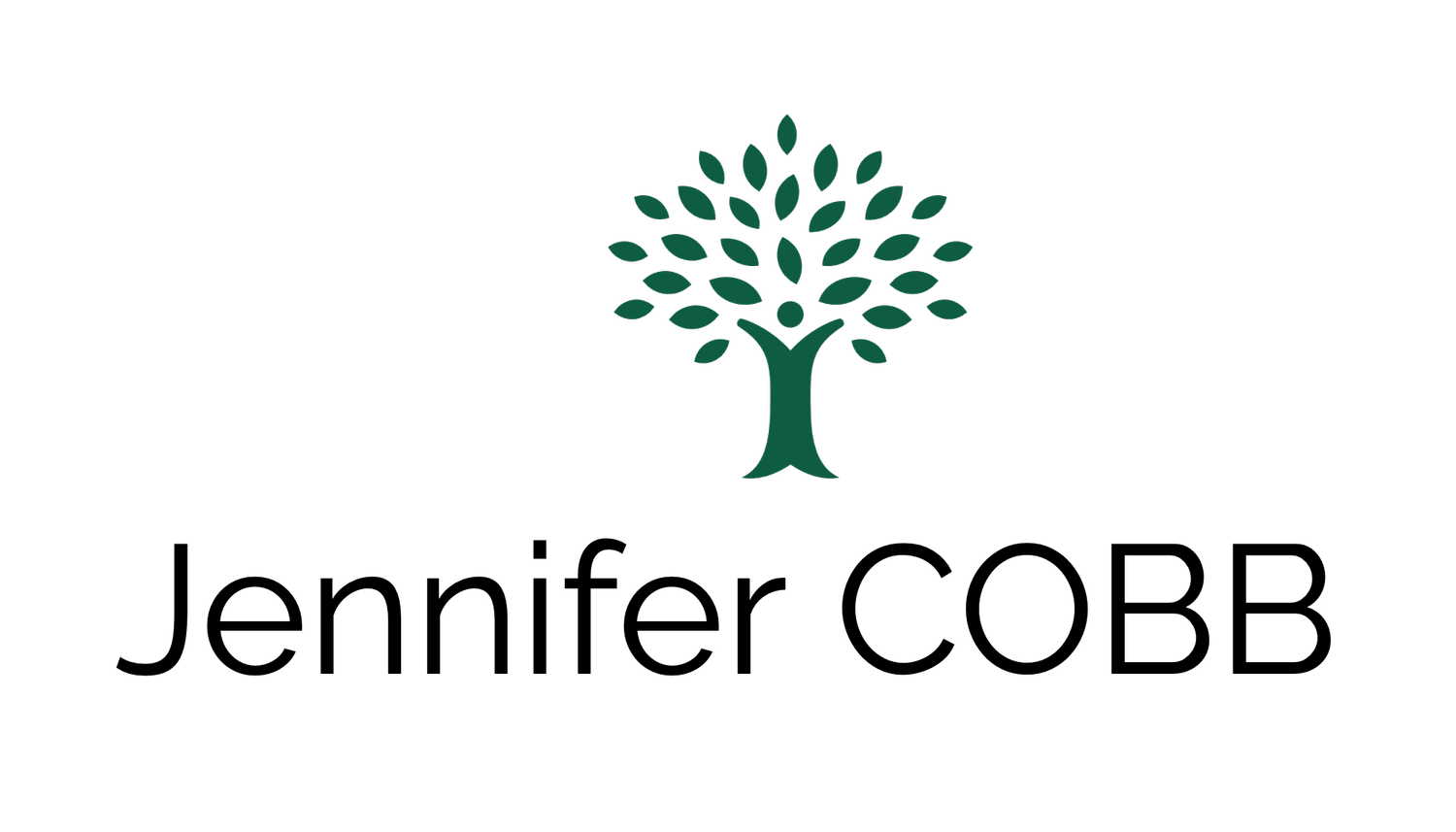Diversity and Social Media: Helping or Hurting?
There is a small controversy raging about whether social media use is creating more diverse networks or exacerbating an existing trend toward smaller, more homogenous social groups. This question matters. A lot. Robert Putnam (of Bowling Alone fame), following a lineage that dates back to de Tocqueville, argues that engagement with diverse social networks fosters not only individual well-being, but is a critical part of a healthy and functioning democratic society. He is not alone in this belief. There is a significant body of research that demonstrates that larger and more diverse social networks make us healthier, happier and more engaged as citizens.
The controversy begins with a 2006 article entitled Social Isolation in America: Changes in Core Discussion Networks over Two Decades that compared GSS (General Social Survey) data from 1985 and 2004. This article raised an alarm that is still resonating. The conclusions of the authors (McPherson, Smith-Lovin and Brashears) offered a stark picture. Our core social networks are getting markedly smaller and less diverse. We are less engaged with volunteer and neighborhood groups. And we tend to turn to homogenous networks of family and spouses to discuss important issues. In fact, the average respondent in 2004 had NO significant person with whom they discussed important issues, while in 1985 the average was slightly more than two. This is a dramatic decline.
The group that registered the sharpest decline in core network size and diversity was highly-educated middle class families. Many factors may contribute to this decline, but McPherson et al. posited that Internet technology had a hand in creating more geographically dispersed “weak ties” at the expense of strong, local ties and face to face contact. They suggested that technology contributed sharply to a decline in group participation at the local level, made more marked by the fact that it was primarily this group of highly educated middle class people who were the main joiners of local groups and associations in the past.
Fast forward to November 2010 and the data get another, quite different, interpretation by Hampton, Sessions and Eun Ja Her. Hampton and his co-authors challenge McPherson et al.’s conclusions in their research on the impact of Internet use in general and social media in particular on core networks. While Hampton’s findings support “the conclusions that the size of core networks has declined and the number of nonkin in core networks has diminished,” they claim that people who use the Internet and social media in particular, are bucking the trend. In this subgroup they found that core network size and diversity was rising. Hampton writes, “those who use the Internet, especially social media, are more likely to have larger and more diverse core networks. However, this does not imply causation. It cannot be concluded definitively that technology use leads to more and diverse networks – although we believe this to be true.”
So what gives? Hampton’s theory for why social media users have larger and more diverse “core networks” centers on what he has termed “pervasive awareness” or the capacity of social media to reveal more nuances about those to whom we are closest. Hampton writes, “The pervasive awareness offered by certain social media may simply provide information that was always there but never before transmitted. Unlike the past, when core network members primarily exchanged information through planned and synchronous encounters, new media affords pervasive and primarily asynchronous exchanges. Pervasive awareness affords frequent, short, asynchronous exchanges that are ambient, or otherwise integrated into everyday life.” This pervasive awareness could result in “a higher level of perceived diversity.” In other words, our core networks may not be more diverse based on 2004 definitions, but we may be experiencing them as more diverse because we know more about those with whom we are connected. And, as a result, we may be including more people into our definition of “core network,” thus expanding its size.
In essence, Hampton is shifting the ground of the argument. With “pervasive awareness” we experience more specialized ties based on “the types of support they provide.” I will know who to turn to for tips about travel to South Africa and I will know who to ask about a certain political candidate. In essence, I am redefining my core network from my closest friends and family to a set of more instrumental relationships that can be accessed as needed. I am shifting personal relationships from an environment where intimacy grows to an ever-expanding list of resources to be accessed at my convenience. Hampton is subtly redefining both “network” and “diversity” as compared to McPherson.
So it is a good news/bad news story.
The data seems to indicate that while Internet use is not making things worse, it is not necessarily making things a lot better either in terms of the size and diversity of core networks as defined by McPherson et al. Our core networks are smaller and increasingly limited to family and friends. We join fewer neighborhood groups and local associations, preferring to exchange information on a wider array of issues via technology. The kind of associations that de Tocqueville noted as so particular to American life seem to be fading and the jury is out on what will fill the gap.At the same time, these core networks may be gaining in a particular type of diversity as we get to know people a little better and maintain those relationships across geographies. It remains unclear if social media and “pervasive awareness” will help mitigate the trend toward increased social isolation. The warning flag here is that we may be using all of our relationships more instrumentally, restricting social-emotional engagement to an ever-shrinking group of closest kin. My hope is that as the technology-led transformation we are in the middle of continues that we find ways to reduce social isolation and maintain ways of deeply engaging each other, person to person. However it is that we come to define that.





